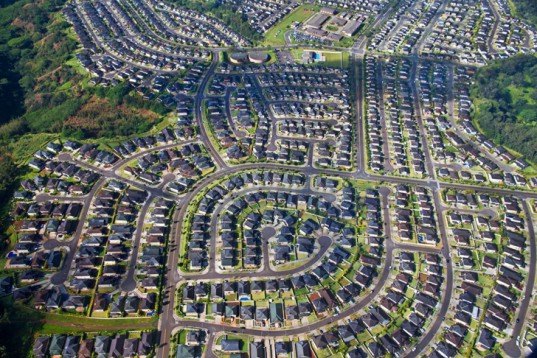Not-In-My-Back-Yard… But where?

Earlier this week the Irish Times ran a story about a delay by Dublin City Council in rezoning development lands across Dublin city. The sites in question are former/disused industrial lots and the delay by Dublin city councillors has been attributed to objections by local residents to the planned rezoning.
Certainly, it is important to be mindful that planning is a public function; members of the public are invited and encouraged to voice their opinions (both positive and negative) about any proposed rezoning or new developments that impact them and the use/enjoyment of their properties. Having said that, there needs to be a fair balance struck. It is human nature, when comfortable, to resist change. But we cannot prioritise the ‘comfort’ of established residents over the very real, and very urgent, needs of people to be housed – particularly as we are still in the grips of a housing shortage. This housing need is for sales and rental stock, both public and private. NIMBY-ism (not-in-my-back-yard) cannot be allowed to dictate urban planning and locally elected representatives need to think beyond the next election date to ensure successful sustainable planning for our towns and cities. It is becoming increasingly popular to object to planning, yet many who do so choose not to use the official planning mechanisms for comment. Instead, this objecting is happening on social media or online forums, where much misinformation is going uncorrected. In addition to the reputational damage for the design and build teams involved in these maligned developments, there is significant time and cost involved in dealing with this resistance. It is not enough to have a favourable ruling years after the initial panning – the delay is often enough to derail a project (lest we never forget the Apple/Athenry saga). Being right or working within the planning guidelines does not appear to be any protection at all.
Back to the most recent delay, Dublin City Council’s planning department had sought approval to rezone 20 sites/55 hectares across the city from industrial to residential or mixed use. This comes on foot of a planning department assessment of the lands, which revealed that for most of the 20 sites targeted, the industrial zoning was obsolete and did not actually reflect the current use of the land. Only last week we wrote about the difference between urban planning and effective/strategic land management – here DDC has clearly demonstrated that unused and underused sites exist in prime areas with high residential demand (Artane, Fairview, Ballyfermot); rezoning for residential and mixed-used is the only sensible route available to the local authority. Vote-conscious politicians cannot be allowed to interfere. Most importantly, this land is capable of hosting up to 3,500 homes across the city. Dublin needs those 3,500 homes, which could house between 7,000 to 10,000 people, this must take priority over objections from 280 ‘comfortable’ local residents. As an industry, we need to take a more proactive approach to tackling NIMBY-ism.
